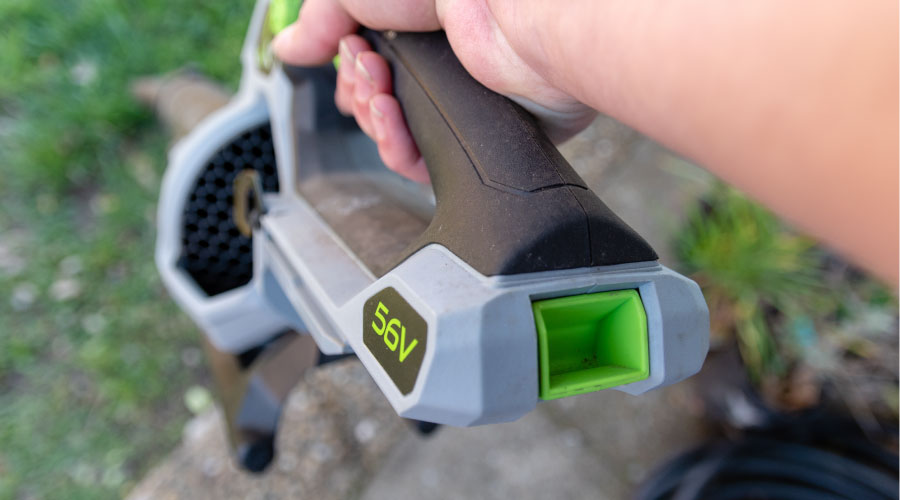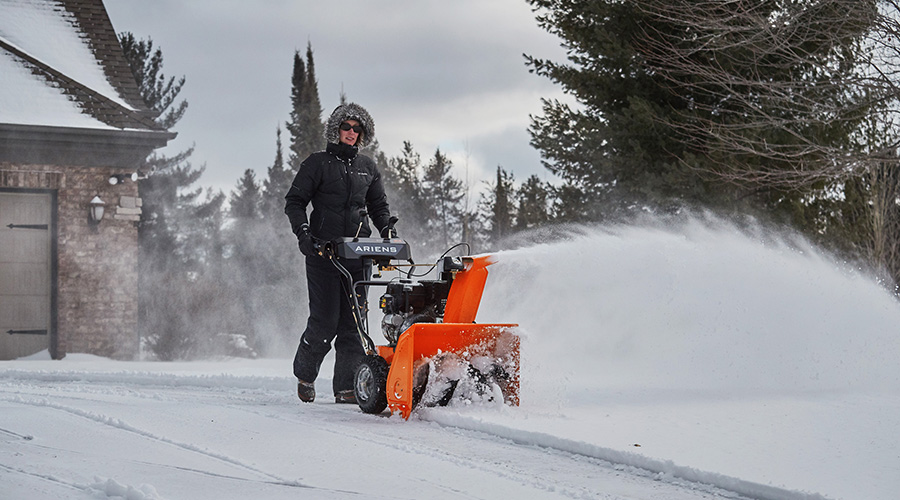Lessons Learned from Flooding Chaos at University of Iowa
The department also acted on a lesson it learned the hard way in the chaotic aftermath of the flooding, when much-needed resources too often were not available because of a lack of access to the area and high demand among the affected areas.
"We have a 6,000-square-foot warehouse where we keep all the equipment and materials we need for a flood response," Heater says. "We don't have to depend on anyone else. What we learned in 2008 was that while we had a lot on our minds at the University of Iowa, the city of Iowa City had a lot on their minds, as did the city of Coraville and the city of Cedar Rapids and the whole eastern part of the state of Iowa. Everybody needed some of this stuff at the same time. It was very hard to acquire what we needed — pumps, aggregate material, trucks, front loaders.
"Now, with our contractor partners who have major equipment available at a moment’s notice, we keep all the things we need to respond to a flood in our 6,000-square-foot warehouse off campus and out of a flood area. We can get to it and get back without having to go through flood space. All of this is strategically located by experience and by design so that whatever we need is right in front of us so we can pull it out quickly. We've also purchased three flat-bed trailers with materials sitting on them so we just have to back a truck up to it and we can pull it where we need it."
Among the equipment on standby in the warehouse are pumps, which proved to be valuable commodities in protecting facilities from floodwaters.
"In there, we keep over 30 pumps that are 6-inch or 8-inch suction and discharge (units), each one with the capacity to pump more than 3,000 gallons of water a minute," Heater says. "We place these pumps strategically throughout our flood areas so that we're able to either pump water out of storm drains over our barriers or, because we are setting barriers along the river to keep it in its channel, we can capture heavy rainfalls that fall behind these barriers. We do annual PMs on all of those to make sure that they’re always fueled and in a moment they'll start."
While a large part of the university's focus is on key components and processes that form its flood-response plan, Heater and his colleagues and staff also must keep the larger picture in mind.
"A big part of our plan is not just responding but responding in a way that allows as much business continuity as possible. Part of our NIMS (national incident management system) structure is designed around not only our response but also looking at how we maintain our normal business."
Related Topics:













